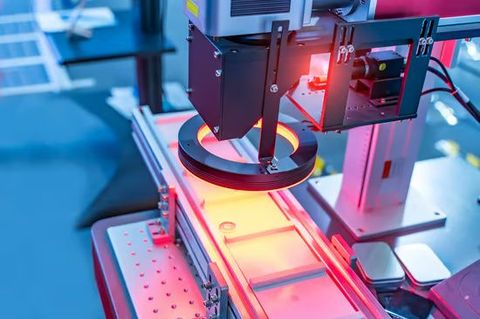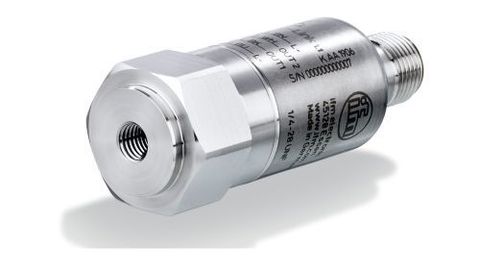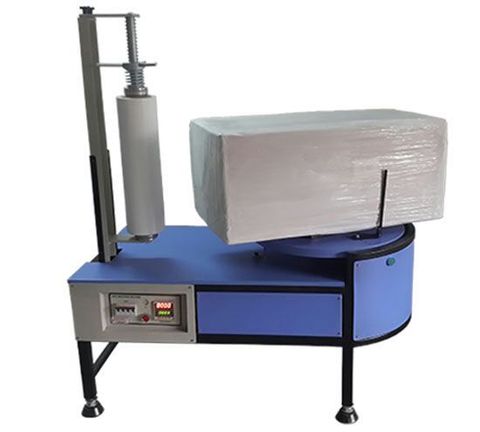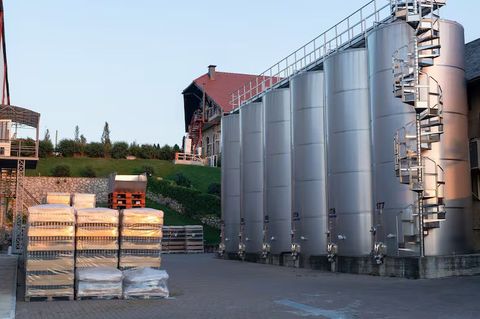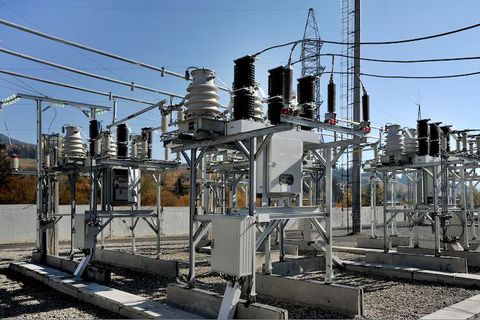Ionizer Equipment Overview: Explore Key Facts, Insights, and Helpful Resources
Ionizer equipment refers to devices designed to release charged ions into air or water to support purification processes. These ions interact with particles such as dust, pollen, smoke, or impurities, causing them to cluster or settle. The concept exists because many environments—homes, industrial facilities, laboratories, and public buildings—require methods that help reduce airborne particles or improve air quality.
Ionizers have been used for decades, but interest expanded as people became more aware of environmental quality and indoor pollution. The technology is based on fundamental electrostatic principles, where ions attach to unwanted particles. Ionizer equipment appears in various forms such as standalone air ionizers, integrated systems in HVAC units, and portable units designed for specific environments.
Although the technology is simple in principle, its applications continue to evolve. Modern systems focus on precision, energy efficiency, and consistency, making ionizers relevant across different sectors. This topic exists today because maintaining healthy indoor environments has become an important part of building safety, environmental design, and quality standards.
Importance
Ionizer equipment matters because indoor air quality has become a global concern for public health, workplace safety, and environmental management. Poor indoor environments can affect occupants in residences, schools, offices, healthcare spaces, and manufacturing units. Ionization technology contributes to efforts aimed at reducing particulate concentration, improving hygiene, and enhancing overall environmental conditions.
Several groups benefit from understanding ionizer equipment:
-
Building managers and facility operators who monitor environmental quality
-
Industrial sectors that handle materials sensitive to static or dust
-
Laboratories and cleanrooms where controlled atmospheres are essential
-
Educational institutions aiming to maintain healthy classrooms
-
Public infrastructure operators seeking improved ventilation and safety
Ionizer equipment helps address challenges such as airborne particles, odors, and certain contaminants. In industrial settings, ionizers also help manage static electricity, preventing disruptions in electronic manufacturing or sensitive processes.
Growing interest in environmental well-being, sustainable building design, and indoor air research has strengthened the relevance of ionizer technology. As environmental standards evolve, ionizer systems often appear alongside filtration units, ventilation systems, and monitoring sensors.
Recent Updates
The past year has seen several updates in ionizer technology, driven by research, environmental guidelines, and improvements in design.
Advances in performance (2024–2025)
Engineering studies released in 2024 highlighted improved ion dispersion methods that enhance consistency in medium-sized indoor spaces. Manufacturers and research groups began focusing on optimized ion balance, energy-efficient circuits, and safety-focused designs.
Integration with smart systems (2024)
Smart building technologies gained wider adoption in 2024, allowing ionizers to connect with environmental sensors. This development improved monitoring of air quality indicators such as PM2.5 and PM10, making ionizer activity more responsive and data-driven.
Research on ion levels (2025)
By early 2025, technical papers discussed controlled ion output models that help maintain stable levels without exceeding recommended thresholds. These findings are relevant to educational institutions and public buildings implementing modern ventilation standards.
Focus on emissions awareness
Discussions around air cleaning technologies in 2024 emphasized the need for clear information related to device byproducts. This encouraged more transparent documentation, stronger quality testing, and greater awareness among users.
Growing interest in indoor environmental quality (IEQ)
Building certification programs in 2024–2025 placed greater emphasis on indoor environmental quality. Because of this, ionizer equipment is increasingly considered within broader environmental assessment frameworks.
Laws or Policies
Rules affecting ionizer equipment vary by region, but several themes are common across many countries.
Environmental and indoor air guidelines
Many governments maintain air quality frameworks that define acceptable levels of particulate matter and other contaminants. While not always directly regulating ionizers, these guidelines influence the environments where such systems are used.
Electrical safety standards
Ionizer equipment must typically comply with electrical safety standards that include testing for stability, overload protection, and grounding. These rules ensure safe operation in homes, commercial buildings, and industrial environments.
Emission and byproduct regulations
Some countries monitor byproducts of air cleaning systems. Standards may specify acceptable thresholds for emissions related to air purification technologies. Compliance testing ensures equipment aligns with national norms.
Workplace safety regulations
Workplaces often follow health and safety regulations that reference indoor air conditions. Organizations may incorporate ionizers within broader environmental management systems to meet these requirements.
Building codes and ventilation standards
Ionizer equipment used in HVAC systems may fall under building-related standards. These guidelines influence installation practices, integration methods, and performance expectations in large facilities.
Policies tend to emphasize safety, transparency, and alignment with environmental quality goals. Understanding local rules helps users operate ionizer equipment appropriately and responsibly.
Tools and Resources
A variety of helpful resources are available for learning about ionizer equipment, environmental quality, and indoor pollution management.
Air quality monitoring tools
-
Indoor environmental quality sensors that track PM levels
-
Monitoring dashboards for ventilation analysis
-
Portable air quality meters for spot testing
-
Smart building apps that display live air readings
Technical standards and guidelines
-
Indoor air quality frameworks from environmental agencies
-
Electrical safety codes published by national authorities
-
Building ventilation design guides
-
HVAC integration manuals relating to ionization systems
Educational resources
-
Environmental engineering textbooks
-
Cleanroom technology references
-
Indoor air quality research publications
-
Online learning modules on electrostatic principles
Helpful websites
-
Environmental protection agencies with indoor air guidelines
-
Institutes researching pollution control and ionization methods
-
Academic databases featuring technical articles
Templates and reference tools
-
Indoor air quality assessment sheets
-
Building inspection checklists
-
Maintenance logs for environmental equipment
These resources support understanding, planning, and responsible use of ionizer equipment across different settings.
Frequently Asked Questions
What does ionizer equipment do?
Ionizer equipment releases charged ions into air or water to support purification processes. These ions attach to particles, causing them to clump together and drop out of the air or be captured by surfaces. Ionization is based on electrostatic principles and is used in residential, commercial, and industrial environments.
Is ionization the same as filtration?
Both approaches relate to air purification, but they function differently. Filtration captures particles by forcing air through a physical medium, while ionization relies on electrical charges to affect particle behavior. Some systems use both methods to achieve balanced environmental control.
Where are ionizers commonly used?
Ionizers appear in homes, offices, laboratories, schools, industrial facilities, and air handling units. They support environmental quality, static control, and controlled atmosphere requirements in sensitive environments.
What should users consider when operating ionizer equipment?
Users should ensure proper placement, monitor environmental conditions, and review documentation regarding emissions and safety. Following national electrical and indoor air guidelines helps ensure responsible operation.
Are ionizers part of modern building standards?
Many modern building projects consider indoor environmental quality as part of their design. While ionizers may not be mandatory, they are sometimes integrated into ventilation systems to support balanced air quality strategies.
Conclusion
Ionizer equipment plays a meaningful role in environmental quality management. It supports efforts to control airborne particles, improve indoor conditions, and maintain healthier environments across residential, commercial, and industrial settings. Recent advancements, smart integrations, and updated guidelines have made ionization more consistent and efficient. Understanding local standards, operational practices, and environmental frameworks helps ensure that ionizers are used safely and effectively.
As interest in indoor environmental quality continues to grow, ionizer technology remains an important topic for building planners, engineers, and anyone seeking clearer insights into air purification methods. With research progressing and regulations evolving, ionizer equipment will likely remain a key component of environmental management strategies for years to come.

